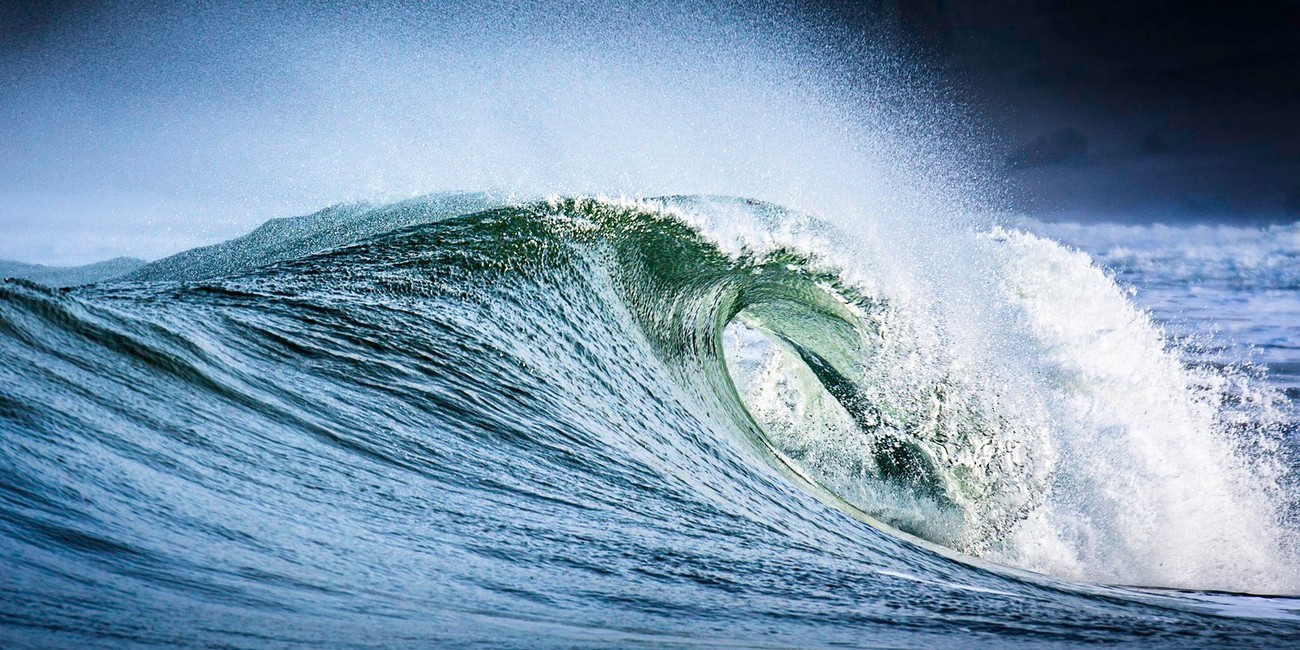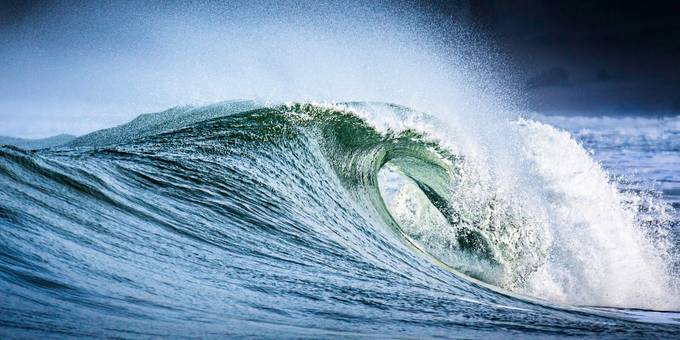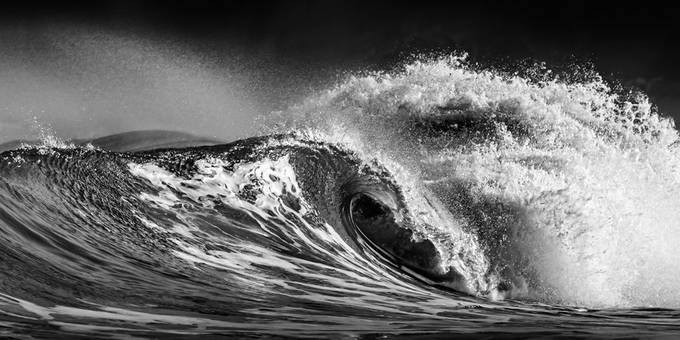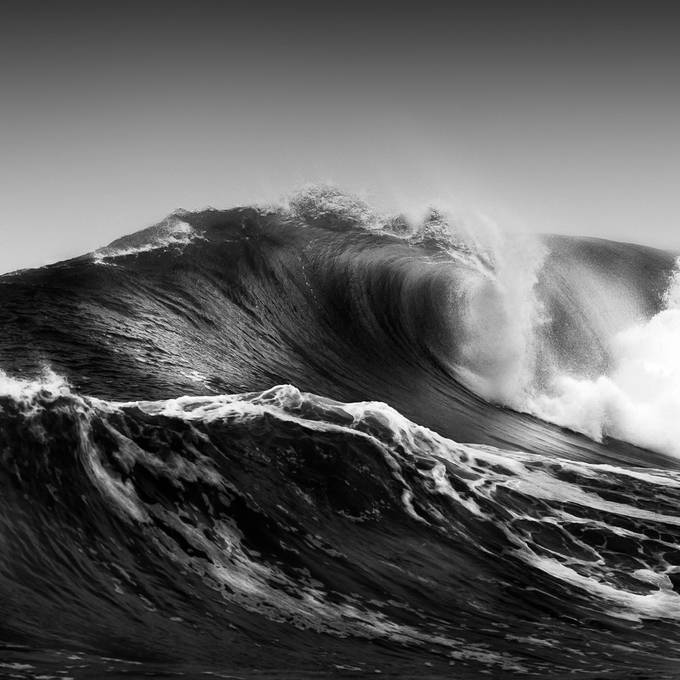Meet ViewBug community member pauljackson_4080 who is a traveller, dreamer, caffeine addicted, rugby following, beer drinker who is a frustrated photographer disguised as an IT guy.
When did you start taking photos and what got you inspired?
I’ve been into photography since I was in my early teens, but it was more of a hobby, just for fun! I couldn't really afford to develop the pix I took and buy all the film I wanted! My first SLR camera was a Zenit 11. I loved that thing, it was bulletproof (a must for a clumsy 12 year old rugby playing kid who liked to drop it off castle walls and fall over while carrying it, all the time!), and it lasted for years until it finally died on South Georgia in the South Atlantic! Freezing cold and film cameras never really go together - Who knew!?, and a lesson learnt!! I was in and out of photography for years after that but started again in earnest 3 years ago, and you'll pretty much find a camera in my bag or hand everywhere i go now! I’m not a professional, but I’d love to make money from it… its far more fun than IT!
Do you have a favorite photo and why?
I have loads of favourite photos and photographers! Of my own work, my wave images rank near the top - there are only a few on here, and I love some great architecture and landscape shot. Some of my favourites were taken in Iceland, a place i simply love to go! But for my favourite photographs of all time it has to be one of Winston Churchill - The Roaring Lion by Yousuf Karsh shot in 1941… For me that picture captures everything about Churchill and his belligerent character. The story goes that to get the picture, Karsh further irritated Churchill – who had just completed a speaking engagement in Canada and was irritated at having not been told of the shoot before hand – by taking the lit cigar from his lips after Churchill had refused to remove it himself. Churchill's expression did the rest, rendering him the personification of war-torn Britain – The Roaring Lion, as the photo was titled. One of the most famous photo portraits ever, it is also said to be one of the most widely reproduced.
Other favourite images include Dorothea Lange's picture of a 32-year old mother of seven, Florence Owens Thompson, which came to represent, and become the most recognised image of the Great Depression, and perhaps one of the finest documentary photos of all time.
I love Michael Kenna's work, he still works with medium/large format film and prints his own work - he’s an interesting character to talk too, and his methodology and work in fascinating. Other favourites include Michael Levin who produces some amazing fine art work and Nick Brandt whose work in the African continent is both beautiful and a moving, damning social documentary on the impact we’ve had there. Another amazing photographer is photojournalist James Nachtwey - his series “Witness", covers years of photo journalism from some of the worlds most troubled spots, and of course, you’ve got Ansell Adams, probably the father of modern landscape photography.
Finally, I love to look at the work at all sorts of photographers, such as Saul Leiter, Garry Winogrand, Cartier-Bresson, Gregory Heissler, Dan Winters, Richard Avedon, Martin Schoeller and Sebastian Selgado to name but a few! All amazing and inspiring and each photograph tells a story.
Finally one thing, I like to do, is type a random name into google and add photography after it and see what appears. You'll find some amazing work and talented photographers out there.
Can you share your top tips on how to shoot waves?
If you really want to shoot waves then go for it. It’s rewarding and exhilarating (especially on a windy, stormy day), but please:
1. Be SAFE.
Do not shoot from long low piers, harbour walls, groynes, rocks etc. The sea is unpredictable, and can change in seconds and I've seen people swept off piers, harbour walls and rocks by rogue waves.
When you are shooting make sure you either carry your kit bag or leave it, higher up the beach, above the high water line… Again I've seen people and kit bags get swept out to sea by a larger than usual wave.. to be honest I recommend carrying it on your back, or leaving your equipment above high water with a friend or even in the car and walking backwards and forwards if you're on your own…
Always watch what the water is doing! When you've got your head down and your looking through a 400 mm lens your world can become very narrowly focused and big waves WILLl get you. On the same shoot, not long before i took this one i was caught out and found myself up to my waist in water from a freak wave that swept in and nearly knocked me over!!! I was a long way above where the previous waves had been coming to - luckily, I managed to set myself and keep my footing - else it would have been a short and expensive shoot.
Be warm and dry - you viola be put there for a few hours! Take waterproofs, hat and gloves - the weather can change and, lets face it, if you are getting great waves its probably stormy, windy or about to be!!! If it is blustery, lens cloths and brushes will be your friend! be careful using a cloth - check the front element for sand, before you rub it - you don’t want to risk scratching the lens with sand - by the same token. If you drop your cloth on the beach - put it away and don’t use to for the same reason..
Finally, if you’re on your own, tell someone where you are going just in case.
2. Be patient, the shot will come, you’ll just need to keep going.
Well, that’s enough safety - now onto the fun bit.
3. Research the area.
Check locations, tides and winds etc... Look for offshore winds and incoming tides - this is a great combination - incoming tides means larger waves, and offshore winds hold the waves up and makes the curl and shape better.
Again, remember that the tide may be incoming so watch your location - don't get stranded or cut-off. Ask locals for good viewpoints and locations where you might get great shots - find out if there are favourite surf beaches nearby etc. Local knowledge is always a good thing to get.
When you arrive spend some time studying patterns and the lay of the land and actions of the sea. Waves often come in repeating or similar patterns so it may be that the second wave of a set tends to have the best curl or the third is the biggest, spend some time looking and learning before you dive into shooting. that way when you can pick the best view and when you are looking through the viewfinder you'll have a rough idea of whats coming in and where.
4. Setting up your camera.
I recommend a wider aperture, and a faster shutter speed. Use a higher ISO if you need to... waves move pretty quickly and if you want to freeze them, or shoot surfers etc., then you'll need to be fast. So depending on time of day you may need to bump it up a bit.
I recommend that you get the longest lenses you can handle. I usually use a 400mm f2.8 (you can hire them as a cost effective solution) - I've used up to 600mm lenses to shoot waves, but they are MONSTERS in size and weight. If you do use one of these longer lenses, I really recommend that you use a tripod - I recommend getting a substantial one and setting up further away from the surf. you can shoot hand-held for short periods, of you want, but you’ll want fast shutter speeds - high iso etc.
Of course, you can also slow down or drag the shutter a little and this can give you some fantastic abstract shots.
Shoot in raw. You can get a marvellous array of colours, textures, reflections and rainbows shooting waves, so give yourself the best chance of being able to bring out what you saw when you shot when you're post processing.
Use a continuous shooting mode when you first start. Whilst we all want to improve our "one shot - one picture" ability, shooting waves takes practice and experience, so use a high speed continuous setting and shoot 4-5 frames per wave - this will give you the best chance of getting the curve/shape/texture you are looking for. As you get more experienced you can reduce number of shots or go to single frame shooting and be more selective! Obviously, if you do this and shoot in raw as suggested above - don"t forget to take lots of memory cards.
When framing your shot, look at whats in the background - rocks and cliffs can work to frame the shot, but an ice cream van may spoil the shot, or add to it!!! Each shot will be different - just be aware of your backgrounds!
5. Finally, before you leave the beach.
Look around you! there will often be some great opportunities to capture other things, shapes, silhouettes, sunrise/sets, people, wildlife etc., so always look around and be flexible. you never know where that killer shot is going to come from.
6. Develop your own vision and style.
I guess that these last two are more generic but I would recommend that you develop your own vision and style. Have an idea, think about how do you want the shot to look at the end. understanding your end goal, what you want to achieve, and what story you want to tell will influence the way you shoot.
7. Never stop learning - never stop studying.
Look at other photographers work, try to work out how they took a shot, how do they do it, what did they do?? If you wanted to recreate it or use it to do something else, does it mean learning a new skill or is it something you can adapt to help your work. Don't just look at photographers though, look at and learn from the old masters, look at how they painted light and shadows, look at their composition and framing. How did they make their work tell a story! It all helps you develop your eye and vision. It’s a continuous process and keep flexing and developing those creative muscles!










